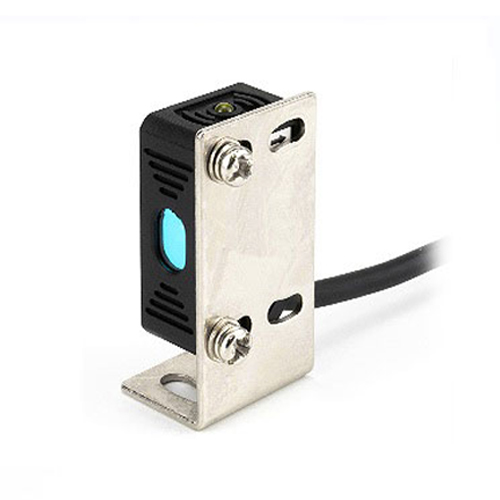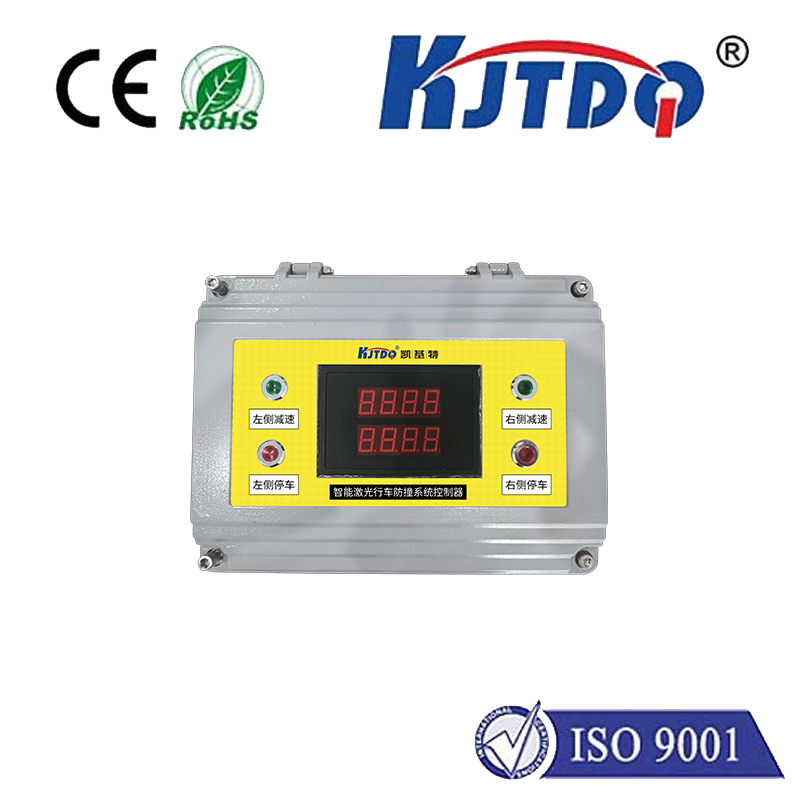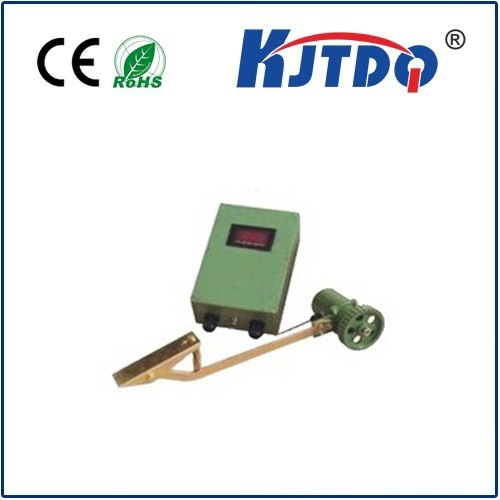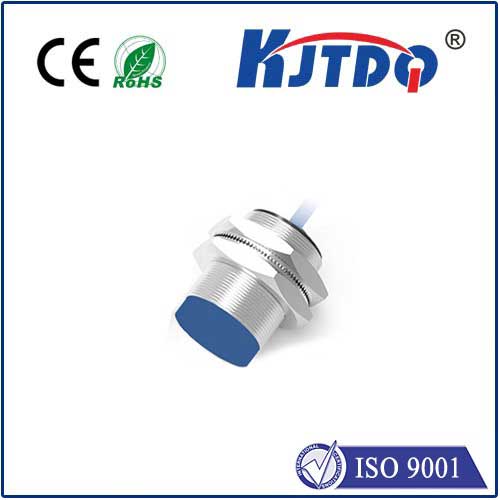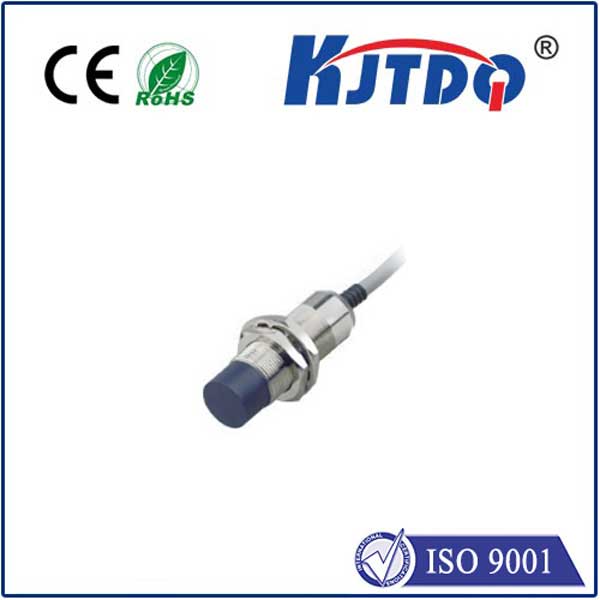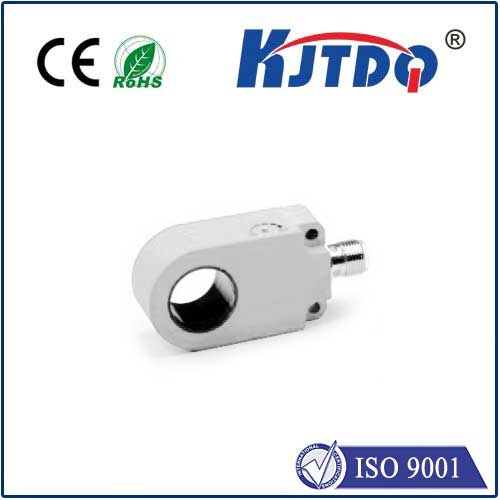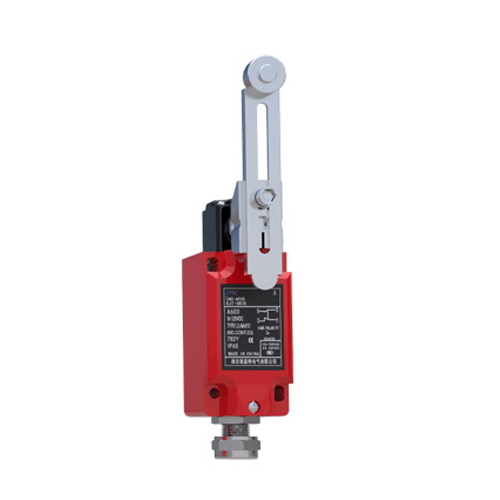

check

check

check

check
Imagine a critical assembly line grinding to a halt. Not because of a major equipment failure, but because a tiny component wasn’t detected at the right millisecond. In the high-stakes world of industrial automation, precision is paramount. Sensors act as the vigilant eyes of machinery, ensuring seamless operation and peak efficiency. For tasks demanding reliable, non-contact detection of metallic objects, the LJA1M-5N1 proximity sensor emerges as a robust and trusted solution. What makes this specific model a go-to choice for engineers seeking dependable performance?
At its core, the LJA1M-5N1 is an inductive proximity sensor. This means it operates on a simple yet ingenious electromagnetic principle. Inside its sturdy housing lies an oscillator coil generating a high-frequency electromagnetic field. When a ferrous or non-ferrous metallic object enters this field, it disrupts the flow of Eddy currents induced within the target. This disruption causes a measurable change in the sensor’s oscillation amplitude. Sophisticated circuitry detects this change and triggers the sensor’s output switch – providing a clean, unambiguous signal indicating the object’s presence. The beauty of this principle is that it enables detection without any physical contact, eliminating wear and tear and enabling high-speed operation.

So, what defines the LJA1M-5N1 specifically? While precise specifications can vary slightly depending on the manufacturer (a key reason the model number is essential), the LJA1M-5N1 designation typically signals a sensor with a standardized set of critical features optimized for industrial environments:
Where does the LJA1M-5N1 truly shine? Its blend of reliability, precision, and durability makes it invaluable across countless industrial processes:
Why choose the LJA1M-5N1 over a generic proximity sensor? This specific model, by adhering to well-understood standards implied by its naming convention, offers distinct advantages:
Selecting the right sensor is critical. Factors like target material (ferrous metal is generally detected at the full Sn range, while non-ferrous metals like aluminum or brass may have a reduced range), the required sensing distance, the environmental conditions (temperature, presence of chemicals, washdown needs), and the electrical interface (voltage, output type - NPN/PNP sinking/sourcing) must always be considered. Consulting the specific manufacturer’s datasheet for your LJA1M-5N1 variant is non-negotiable to confirm exact specifications like its precise housing material (brass/stainless), connection type (connector/cable), temperature rating (commonly -25°C to +70°C), and output current capacity.
In essence, the LJA1M-5N1 proximity sensor represents more than just a component; it embodies precision, resilience, and industrial-grade dependability. Its thoughtful design, focused on the core needs of metal object detection within challenging environments, makes it an indispensable and cost-effective solution. By providing a reliable “yes/no” signal for the presence of metallic targets without contact, this sensor plays a fundamental role in enhancing safety, efficiency, and productivity across the vast landscape of modern manufacturing and automation, proving its worth time and time again on the factory floor.
